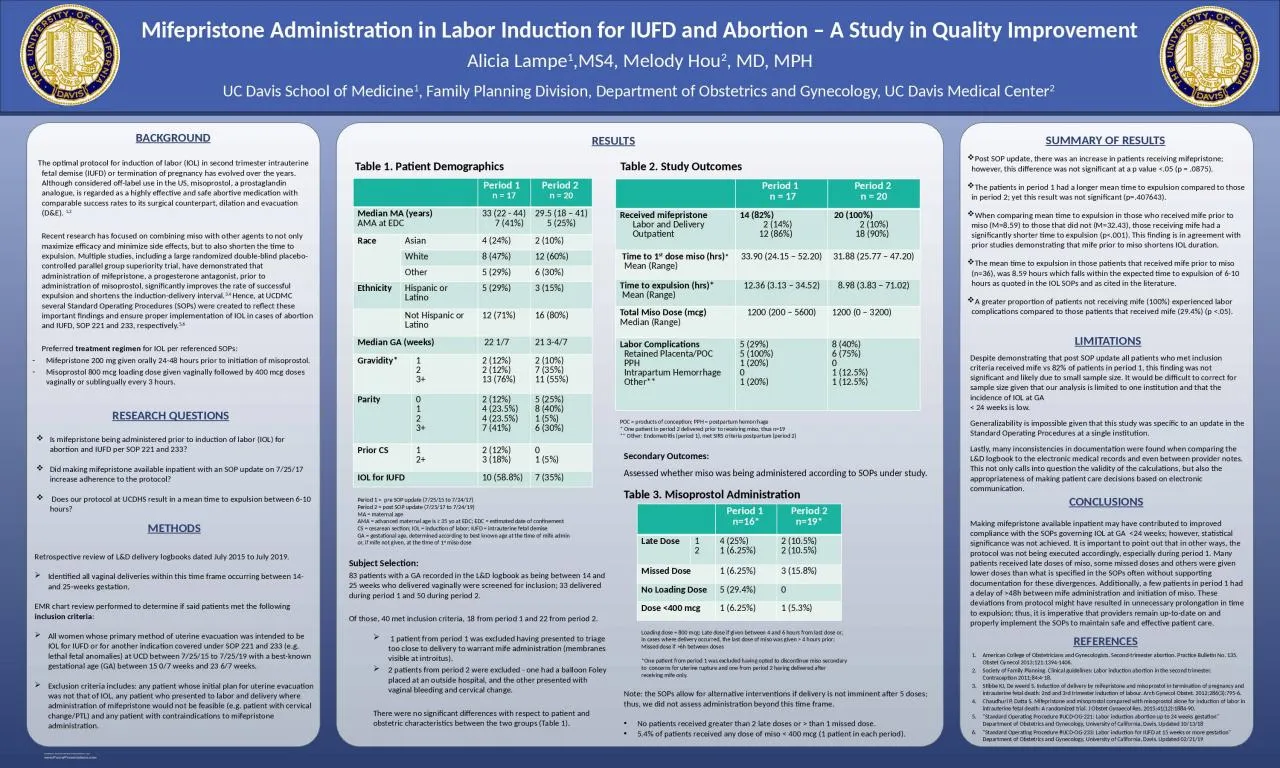PPT-BACKGROUND RESEARCH QUESTIONS
Author : elina | Published Date : 2022-02-12
RESULTS Subject Selection 83 patients with a GA recorded in the LampD logbook as being between 14 and 25 weeks who delivered vaginally were screened for inclusion
Presentation Embed Code
Download Presentation
Download Presentation The PPT/PDF document "BACKGROUND RESEARCH QUESTIONS" is the property of its rightful owner. Permission is granted to download and print the materials on this website for personal, non-commercial use only, and to display it on your personal computer provided you do not modify the materials and that you retain all copyright notices contained in the materials. By downloading content from our website, you accept the terms of this agreement.
BACKGROUND RESEARCH QUESTIONS: Transcript
Download Rules Of Document
"BACKGROUND RESEARCH QUESTIONS"The content belongs to its owner. You may download and print it for personal use, without modification, and keep all copyright notices. By downloading, you agree to these terms.
Related Documents














